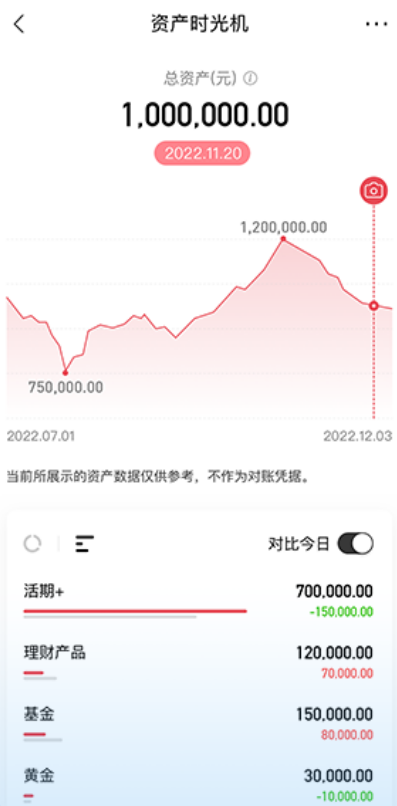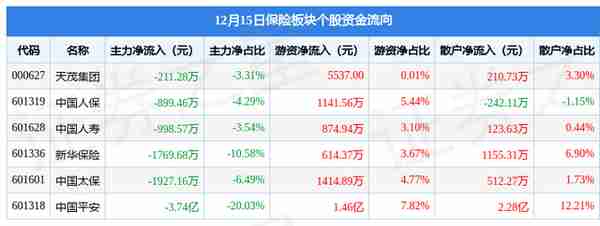3ThingsforWeb3to(Really)TakeOff
Original article: 3 things that need to happen for Web3 to (really) take off (Venturebeat)Author: Emma Cui, CEO and Founding Partner of LongHash VenturesTranslation: Amber
Web3 is the next generation internet that will redefine our lives. Utilizing cryptography and distributed ledger technology, Web3 lays the foundation for a user-owned internet. A tsunami for Web3 has emerged, bringing new opportunities for various industries such as financial services, gaming, eSports, media, entertainment, and retail.
Currently, Web3 has attracted a considerable amount of capital from investors and has seen a sizeable number of startups in DeFi, NFT, DAO, P2E games, data storage, and social media. According to a report from DappRadar, in the first quarter of 2022 alone, venture funds and investors have invested over $2.5 billion in blockchain games and related infrastructure. This is a significant increase compared to the total investment of $4 billion in 2021 and $80 million in 2020. And this is just one aspect of the development of the Web3 ecosystem.
Another report published on GitHub shows that there are over 18,000 active developers in the Web3 ecosystem, meaning they have submitted code to open-source blockchain projects at least once a month. The report also claims that the real number of developers may be even higher, as this does not include individual developers in the Web3 world.
Web3s growth has been unprecedented by all indicators. But before it enters the mainstream application stage, there are several factors that need to be addressed to accelerate its growth. To achieve true "take off" for Web3, users, investors, and project developers need to make the following mindset changes:
Users must shift their mindset to a "user-owned" model
In the current iteration of Web2 as a "service" internet, users have almost no say in the future direction of the products or services they use. In most cases, the relationship between users and platform owners is severed, and users can only achieve negligible "ownership" in the sense of receiving equity after the platform goes public.
While shareholders have some decision-making power through voting, ordinary investors are clearly unable to drive corporate change. Even with a substantial amount of shares, the decision-making power given to small shareholders through ownership is vastly limited, and they cannot have the same level of say as institutional investors or corporate decision-makers at the table in Web2s ecosystem.
On the contrary, the Web3 model provides true ownership. Tokens enable users to have early and decentralized ownership of the platform or service. Users who previously compromised near-zero ownership in private enterprises must be familiar with the responsibilities of ownership and governance. They need to recognize the power of this "ownership" and how much they can contribute and influence the direction of product or service development.
Through early-stage investment, even an ordinary person can become part of the projects management and work with the community to promote the product roadmaps development. The entire decision-making process will become more transparent, inclusive, and fair, attributes that are often absent in Web2s ecosystem.
Investors need to shift to a "community-driven, collaborative, and participatory" mindset
In the Web2 paradigm, investors focus on the percentage of control and board seats they can grab to ensure value capture and governance supervision.
However, this approach is not as effective in Web3. Decentralized ownership is a key principle of Web3. Network effects can be accelerated by members of the community with dispersed ownership, who can play multiple roles (service users, investors, suppliers, business partners) in the ecosystem.
Project parties need to find a sustainable way to attract users
Usually, projects can generate a considerable amount of heat through token incentives in a short period. Undoubtedly, such activities can quickly attract users and liquidity providers, thereby improving key performance indicators.
However, this approach also has its drawbacks. It often attracts capital and speculators who are solely interested in profits and have no loyalty to the platforms purpose and long-term vision. Additionally, key indicators driven by short-term incentive measures often obscure an accurate evaluation of the "product-market fit." And tokens with severe inflation and excessive initial issuance represent wasting market budgets on things that are not really important in the long run, reducing the projects "ammunition" in the future wars.
Instead, each project should thoughtfully design a token economics model. Only by finding the core audience that truly identifies with the teams values and accurately distributing tokens to this group can a good idea be realized.
Conclusion
Although the phrase "we are still in the early stages of Web3" has been said repeatedly, it is true. While the content may look hackneyed, we are indeed in a relatively early stage, which means we need more thoughtful thinking. I hope this article can provide some help for those who are working hard to build the next generation internet.






